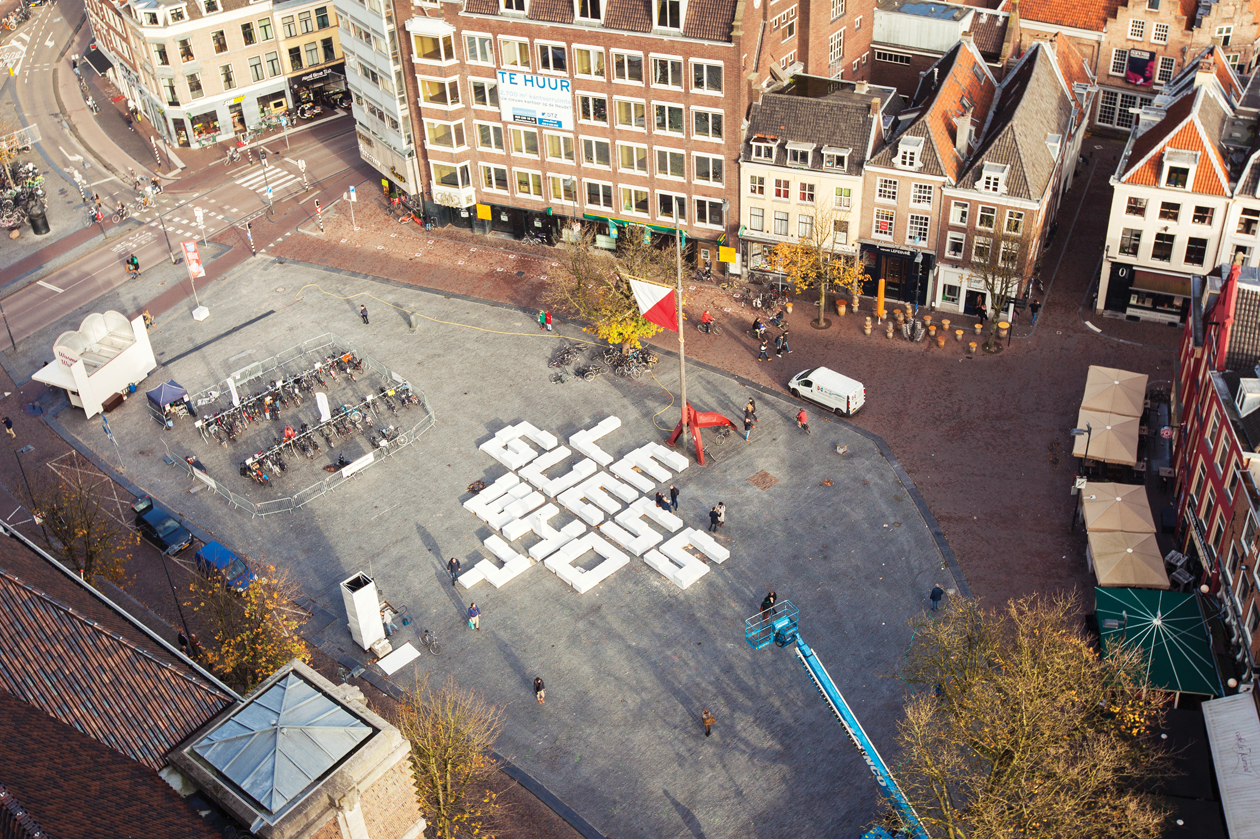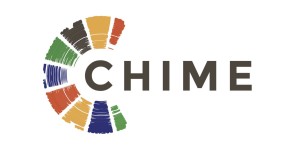A presentation held by festival director Johan Gijsen (Le Guess Who?) during the CHIME launch event and reception, Amsterdam Conservatory, February 4 2016.
To kick-off the Dutch CHIME launch, we invited Felix Schlarmann (Jazzfest, Amsterdam) and Johan Gijsen (Le Guess Who?, Utrecht), two young and innovative festival directors who have recently enriched the Dutch festival landscape with two distinct music festivals. We asked them to engage with some of CHIME’s research questions and discuss how these play out in the day-to-day reality of their festival. In which ways, for example, does the place of event impact the festival’s program and music, and what does it take to start and develop a successful and sustainable festival?
Transcript of the presentation by Johan Gijsen:
Why another festival?
It was 2007, when childhood friend and co-founder Bob van Heur and I felt that the most interesting developments taking place were in the periphery of pop music; where artists that don’t bother to play by the fixed rules and grids of pop music determinedly go their own direction. In the Dutch media and on national radio and TV was little or no room for precisely these interesting movements in pop music. Here we grumbled about among ourselves and figured that it was better to take the initiative here. We shared the enthusiasm and passion of the scene in Montreal at that time; Arcade Fire and Patrick Watson experimented with new sounds; there was an interesting almost incestuous scene surrounding Wolf Parade with its many side projects; impressive horn player Colin Stetson just moved there and the dark, experimental Constellation Records released Godspeed You Black Emperor’s beautiful albums with sounds that we had never heard.
At the end of November 2007 first edition of Le Guess Who? took place on two consecutive evenings in Tivoli, Utrecht. On the poster were 11 acts, which all came from Canada. Since then Le Guess Who? has developed into a four-day international festival for independent and innovative quality music in the city of Utrecht. Besides authentic or urgent pop music, the festival also presents non-western music, avant-garde, folk, jazz, ambient, psychedelica and contemporary music. Le Guess Who? interlinks these non-popular genres, and presents them in an easily accessible way: in the setting of an adventurous but approachable pop festival. It thus takes them out of the niche to serve a much larger universal audience.








